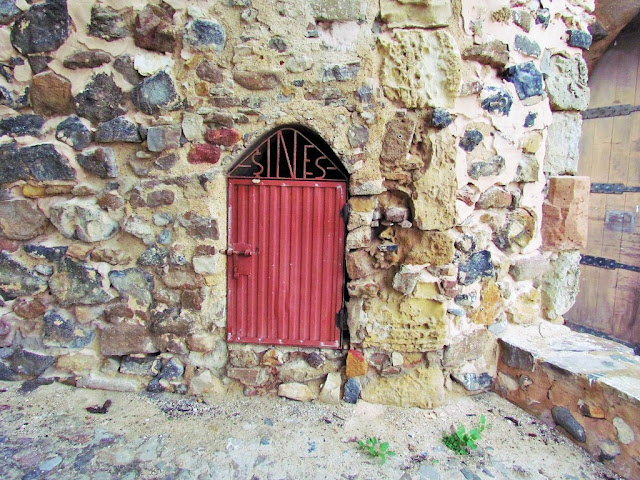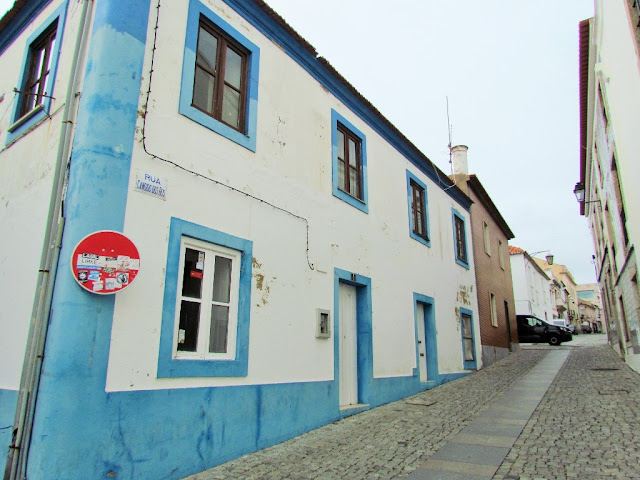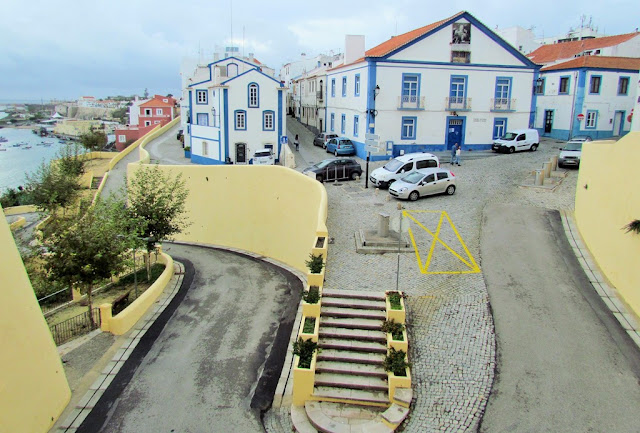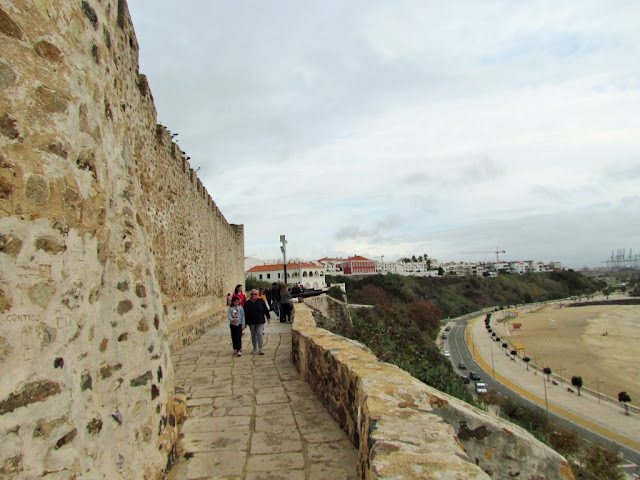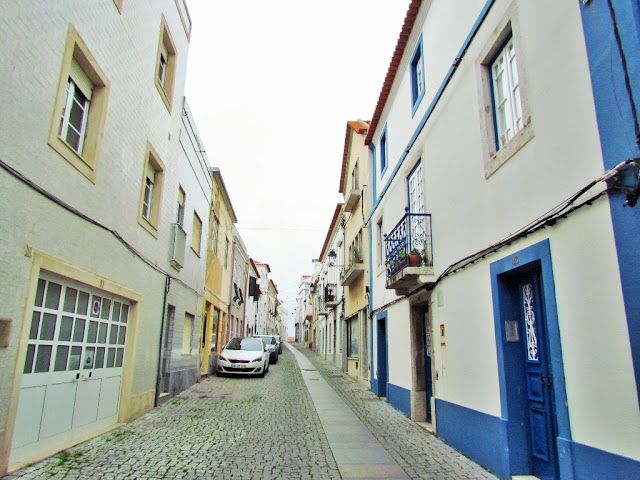SINES
37.95537º N; 8.86442º W
It is the seat of a municipality with 203.30 km ² of area and 18,598 inhabitants, divided into two parishes. The municipality is bordered to the north and east by the municipality of Santiago do Cacém, south, and west by Odemira has a coastline on the Atlantic Ocean. The coastline of the city, south of São Torpes, is one part of the natural parks of Southwest Alentejo and Vicentine Coast Natural Park.
The Romans used Sines as a port and industrial center; the bay of Sines was used as a port by the civitas of Miróbriga and the canal on the island of Pessegueiro is linked to Arandis (Garvão). During Rome's occupation, Sines and the island of Pessegueiro were poles within an industrialized fishing industry that included salting fish.
During the Middle Ages, the area of Sines was occupied by the Visigoths and later sacked by Moors.
During the first decade of the 19th century, the populous of Sines lived in fear during the French occupation of the country. In one incident, a company of troops from Napoleon's army pillaged the town and defaced the royal coat-of-arms over the doors to the castle.
Climate
Sines has a Mediterranean climate (Köppen: Csb/Csa) with mild, wet winters and warm, dry summers. The cape of Sines has minimal diurnal temperature variation and little seasonal temperature variation, never having registered a freezing temperature (below 0 °C (32 °F)) or a temperature above 40 °C (104 °F) since records started. This is due to the strong upwelling common in the central and southwest Portuguese coasts during the summer months. The city itself has warmer summers, averaging a maximum of 26 °C (79 °F) in July and August, and slightly cooler winter nights, though very mild for European standards. Sines is remarkably sunny, averaging close to 3000 hours of yearly sunshine.
Administratively, the municipality is divided into 2 civil parishes (freguesias):
Porto Covo - the tourist-centered parish, along the southern frontier of Sines, has grown to include 1400 annual inhabitants;
Sines - the main parish and town within the municipality, with a population of 15000. Not self-governing.
Economy
The economy of Sines municipality depends on energy, oil refining, port activity, fishing, tourism, and trade. The municipality has an important investment park managed by AICEP Global Parques, and a science park, the Sines Tecnopolo.
Sines is the location of one of the largest maritime-industrial complexes in Portugal, whose tenants include Sines Power Plant (Electricidade de Portugal), Petrogal Sines (National Petrochemic Refinery), and Repsol (Polymer Refinery). Although rapidly industrializing, the town still preserves many of the historical landmarks and tries to cater to tourism. The nearby village of Porto Covo attracts many tourists owing to its coastline and the well-preserved historical buildings.
There is a large shortwave broadcasting station at Sines. The most remarkable antenna towers are the rotatable towers looking like a big "V". It was used by Deutsche Welle and was switched off on November 1, 2011.
Railways serve the cargo traffic and petroleum industry, but there is no more passenger train service; the city's station has been converted into a restaurant.
Sines Port appointed as 'critical point' for the success of the 'Silk Road'
The Schiller Institute updated its 2014 study on the impact of the Chinese 'New Silk Road' project and considers that the Alentejo port of Sines is a fundamental link for the success of this global initiative. The port is considered by the world's leading experts in the sector as a key link in the global trade liaison project launched in 2013 by the current president of the People's Republic of China, in particular for its special and privileged geostrategic position of connecting the continents of Africa and North and South America.
The latest version of the study 'The New Silk Road becomes the world's terrestrial bridge: a shared future for mankind", which updates the first version of 2014 by the Schiller Institute (Germany) considers that the port of Sines is one of the two "critical points" for the development of this project, due to its more Atlantic vocation, alongside the Spanish port of Algeciras, which is more Mediterranean. "The Iberian Peninsula is, in fact, the natural geographical interface of the economic belt of the 'Silk Road', which now stretches from the Pacific to the Atlantic through the landmass of Eurasia, with the 'Silk Sea Route' to the Iberian-American, Caribbean, and United States, as well as south towards Africa," says the study of the institute led by Helga and Lindon La Rouche.
In the containerized cargo segment, the predominance of the port of Sines is even more evident. Despite a slight fall of 0.1% in the period under review with respect to the number of TEUs (the standard measure equivalent to 20-foot-long containers) moved, the Alentejo port handled a total of nine of 16.5 million tons in this cargo segment, 11% more than in the same period of last year. Thus, the port of Sines accounted for 58.2% of the containerized cargo handled in mainland Portugal during the first three quarters, having been in the top 100 of the world's largest container ports for several years.
💓💓💓💓💓
SEARCH IN ALPHABETICAL ORDER
IN THE DISTRICT OF SETUBAL
💓💓💓💓💓
Return to mainland Portugal &
the Azores and Madeira islands

































